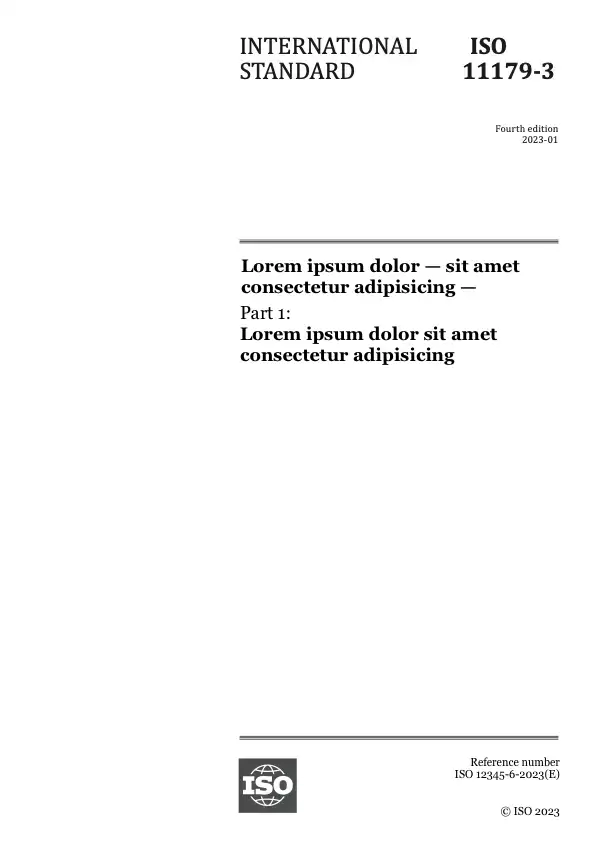Тезис
This document specifies conformance tests in the form of an abstract test suite (ATS) for a system under test (SUT) implementing an electric-vehicle or supply-equipment communication controller (EVCC or SECC) with support for WLAN-based high-level communication (HLC) according to ISO 15118‑8 and against the background of ISO 15118-1. These conformance tests specify the testing of capabilities and behaviours of an SUT, as well as checking what is observed against the conformance requirements specified in ISO 15118‑8 and against what the implementer states the SUT implementation's capabilities are.
The capability tests within the ATS check that the observable capabilities of the SUT are in accordance with the static conformance requirements defined in ISO 15118‑8. The behaviour tests of the ATS examine an implementation as thoroughly as practical over the full range of dynamic conformance requirements defined in ISO 15118‑8 and within the capabilities of the SUT (see NOTE below).
A test architecture is described in correspondence to the ATS. The abstract test cases in this document are described leveraging this test architecture and are specified in descriptive tabular format for the ISO/OSI physical and data link layers (layers 1 and 2).
In terms of coverage, this document only covers normative sections and requirements in ISO 15118‑8. This document can additionally refer to specific tests for requirements on referenced standards (e.g. IEEE, or industry consortia standards, like WiFi Alliance) as long as they are relevant in terms of conformance for implementations according to ISO 15118‑8. However, it is explicitly not intended to widen the scope of this conformance specification to such external standards, if it is not technically necessary for the purpose of conformance testing for ISO 15118‑8. Furthermore, the conformance tests specified in this document do not include the assessment of performance nor robustness or reliability of an implementation. They cannot provide judgments on the physical realization of abstract service primitives, how a system is implemented, how it provides any requested service, nor the environment of the protocol implementation. Furthermore, the abstract test cases defined in this document only consider the communication protocol and the system's behaviour defined ISO 15118‑8. The power flow between the EVSE and the EV is not considered.
NOTE Practical limitations make it impossible to define an exhaustive test suite, and economic considerations can restrict testing even further. Hence, the purpose of this document is to increase the probability that different implementations are able to interwork. This is achieved by verifying them by means of a protocol test suite, thereby increasing the confidence that each implementation conforms to the protocol specification. However, the specified protocol test suite cannot guarantee conformance to the specification since it detects errors rather than their absence. Thus, conformance to a test suite alone cannot guarantee interworking. Instead, it gives confidence that an implementation has the required capabilities and that its behaviour conforms consistently in representative instances of communication.
Preview
Общая информация
-
Текущий статус: ОпубликованоДата публикации: 2022-11Этап: Опубликование международного стандарта [60.60]
-
Версия: 1
-
Технический комитет :ISO/TC 22/SC 31ICS :43.120
- RSS обновления
Жизненный цикл
-
Сейчас
-
00
Предварительная стадия
-
10
Стадия, связанная с внесением предложения
-
20
Подготовительная стадия
-
30
Стадия, связанная с подготовкой проекта комитета
-
40
Стадия, связанная с рассмотрением проекта международного стандарта
-
50
Стадия, на которой осуществляется принятие стандарта
-
60
Стадия, на которой осуществляется публикация
-
90
Стадия пересмотра
-
95
Стадия, на которой осуществляется отмена стандарта
-
00
Появились вопросы?
Ознакомьтесь с FAQ
Часы работы:
Понедельник – пятница: 09:00-12:00, 14:00-17:00 (UTC+1)

